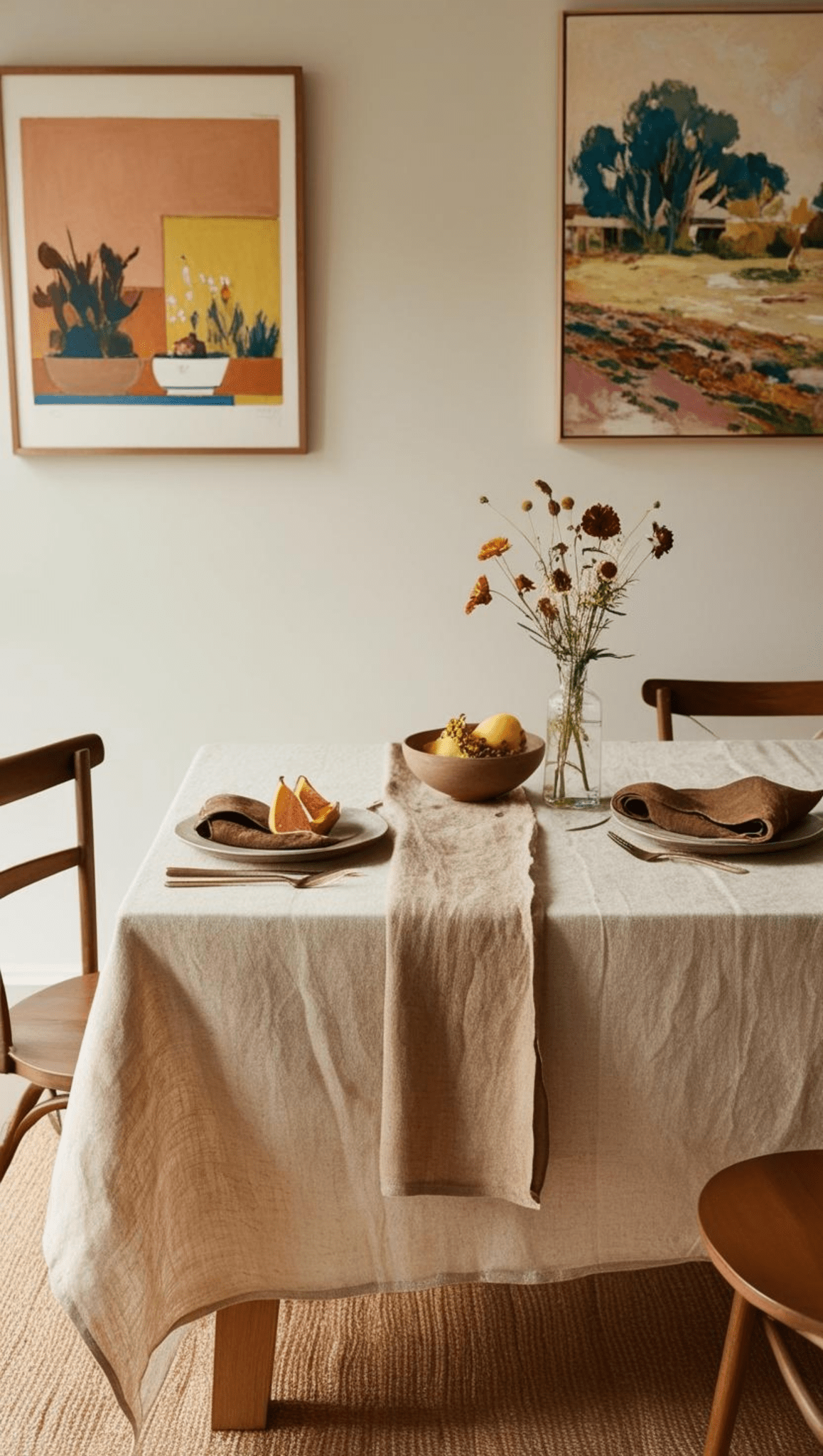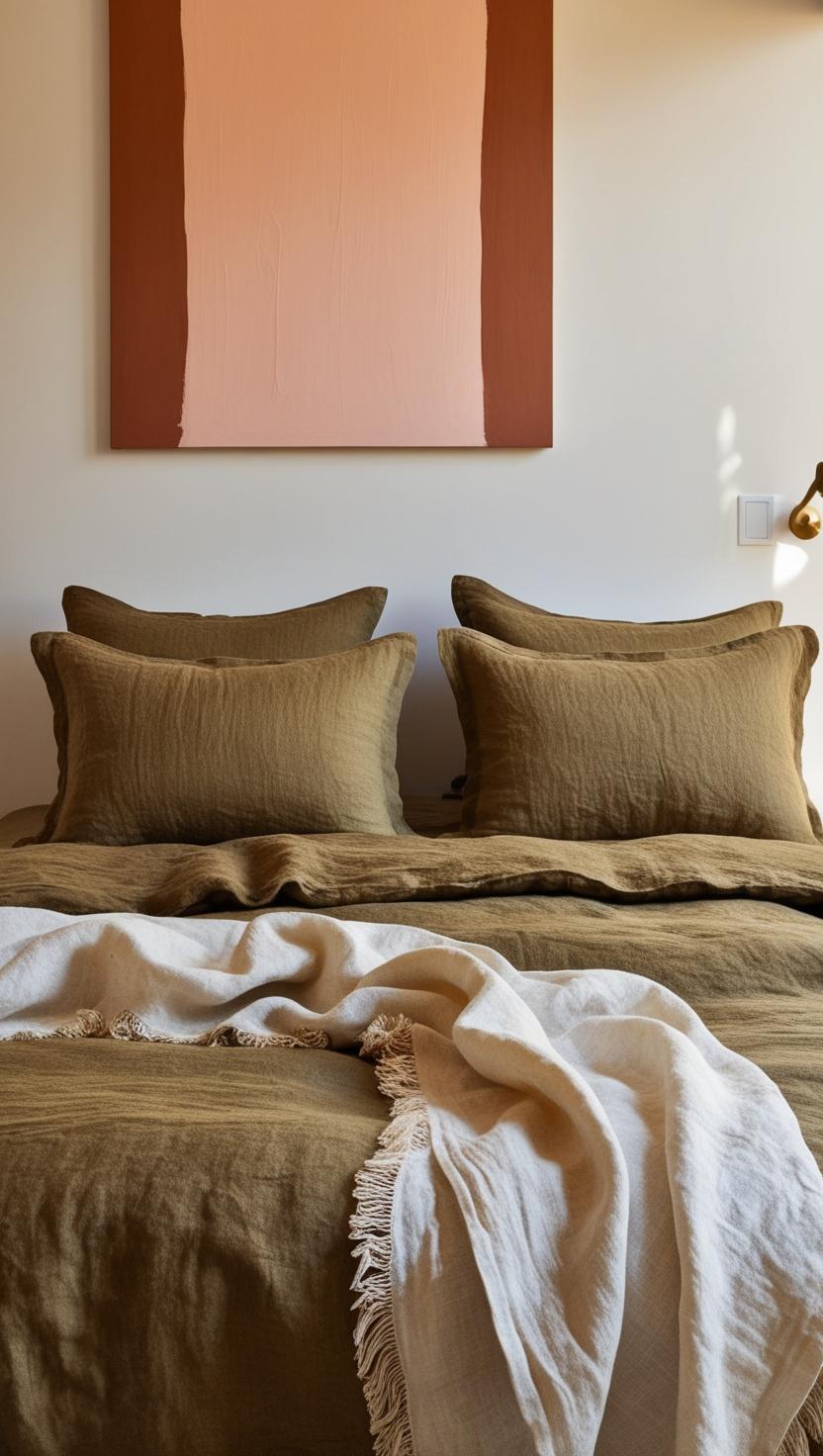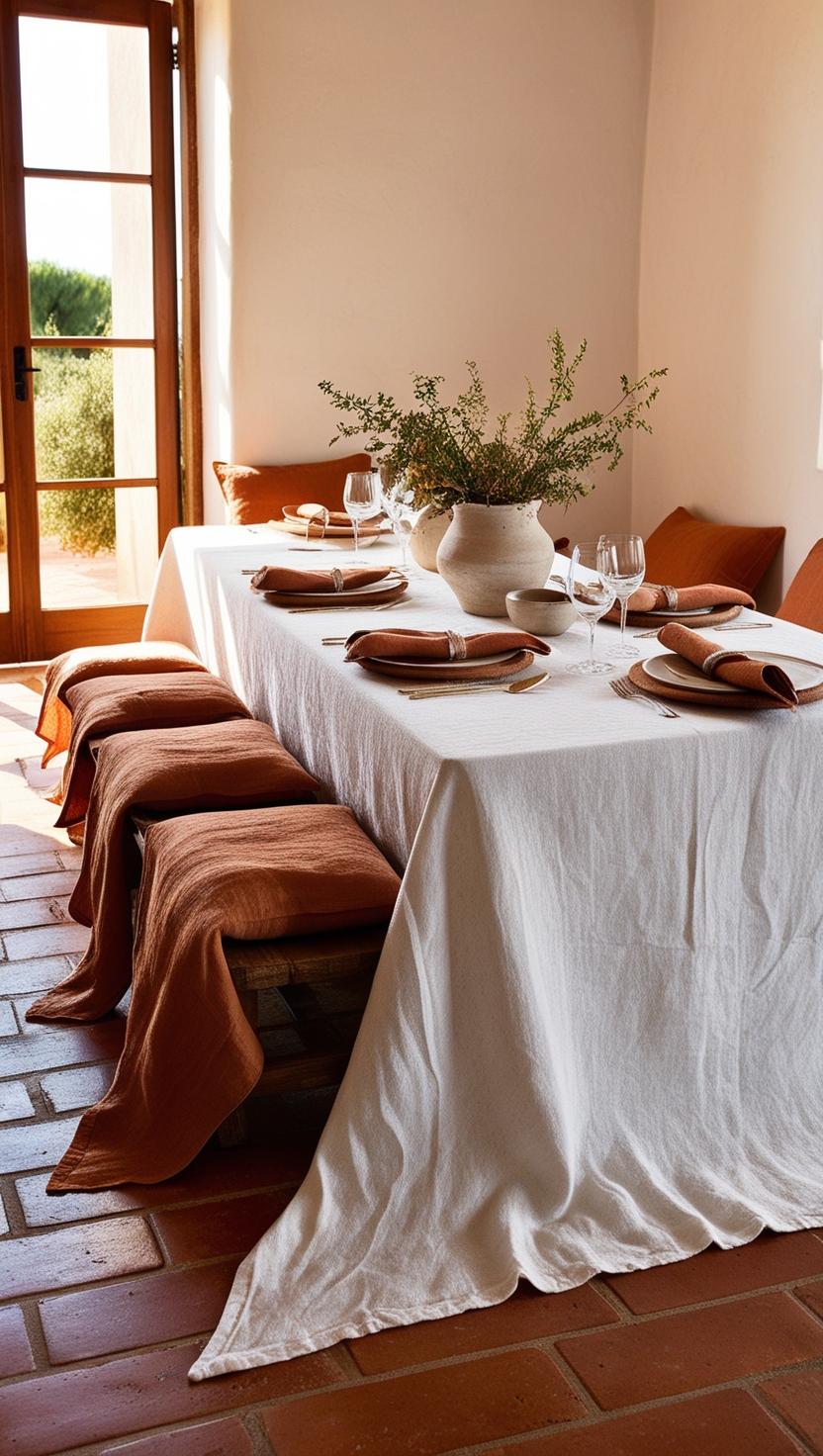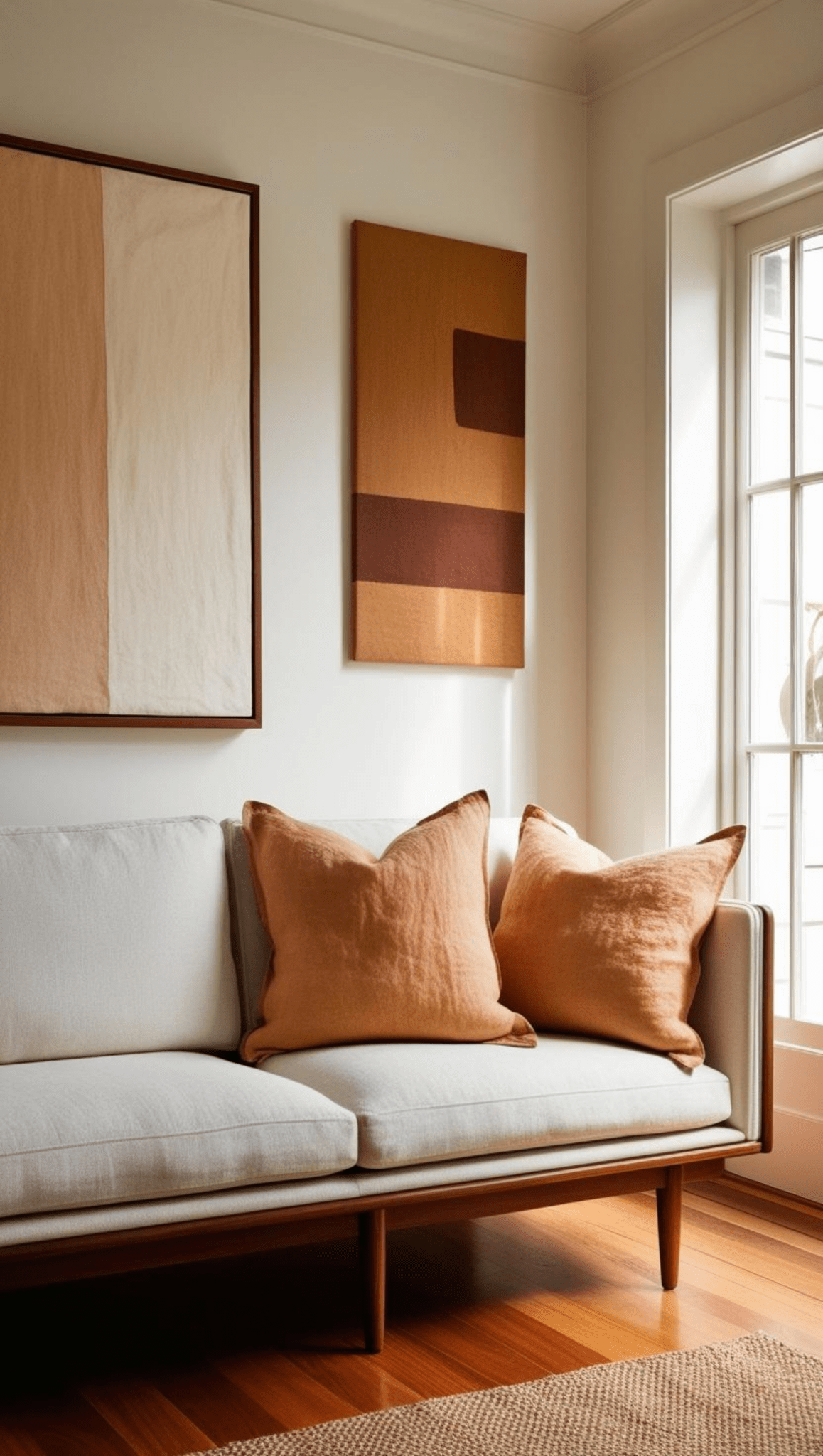
Linen vs Cotton Tablecloths: Discovering the pros and cons of both
Choosing the right tablecloth material can transform your dining experience, whether it's for everyday use or special occasions. Two of the most popular materials are linen and cotton, each offering unique qualities in terms of durability, appearance, and maintenance. A pure linen tablecloth brings elegance and natural texture, while a cotton tablecloth is soft and easy to care for. In this guide, we'll compare both options to help you decide which fabric best suits your home and lifestyle.

1. The Look and Feel
Pure Linen Tablecloth: Linen is known for its luxurious texture. Over time, it softens while maintaining its distinct, natural charm. The visible weave and organic drape create an effortlessly elegant tablescape that works for both casual and formal dining. Linen also absorbs dyes beautifully, offering rich, sophisticated colours.
Cotton Tablecloth: Cotton is typically smoother and softer right from the start. It has a more uniform appearance and a softer drape, which some may find more approachable right from the beginning. Cotton tablecloths often come in a variety of patterns and prints, making them a great option for those who love versatility in their table setting.
2. Durability and Longevity
Pure Linen Tablecloth: Linen is one of the strongest natural fibres, with a durability that improves over time. A high-quality linen tablecloth can last decades if properly cared for, making it a sustainable and long-term investment. It resists pilling and stretching, maintaining its structure even with frequent use.
Cotton Tablecloth: Cotton is also a durable material but is more prone to wear and tear over time. It may shrink after repeated washes, and lower-quality cotton fabrics can pill or fade. While still a good option, a cotton tablecloth might need replacing more often compared to linen.
3. Maintenance and Care
Pure Linen Tablecloth: Linen requires a bit more attention when it comes to washing and storage. It’s best washed in cold or lukewarm water with mild detergent and air-dried or on a low heat setting in the dryer to maintain its fibres. While linen naturally wrinkles, this adds to its charm. However, if you prefer a neater look, a quick iron or steam can smooth it out.
Cotton Tablecloth: Cotton can be easy to maintain. It can withstand frequent machine washing and high heat drying. Unlike linen, cotton doesn’t wrinkle as much, making it a more low-maintenance choice.
4. Absorbency and Stain Resistance
Pure Linen Tablecloth: Linen is highly absorbent, meaning it can soak up spills quickly. Linen also releases stains easily when washed correctly, especially if treated before drying.
Cotton Tablecloth: Cotton is also absorbent but tends to hold onto stains more stubbornly. Pre-treating stains before washing is crucial to maintaining the appearance of a cotton tablecloth.
5. Eco-Friendliness
Pure Linen Tablecloth: Linen is made from flax, a plant that requires less water and fewer pesticides to grow compared to cotton. It is biodegradable and one of the most sustainable fabric choices available.
Cotton Tablecloth: Cotton is natural and biodegradable but has a higher environmental impact due to the large amounts of water and chemicals often used in its production.
6. Price and Investment
Pure Linen Tablecloth: Linen is typically more expensive than cotton due to its durability and production process. However, its longevity makes it a worthwhile investment for those looking for a timeless addition to their home.
Cotton Tablecloth: Cotton is generally more affordable and widely available. If you're looking for a budget-friendly option, cotton might be the better choice, though it may not last as long as linen.

Which One Should You Choose?
-
Choose a pure linen tablecloth if: You appreciate timeless elegance, durability, and a natural, textured look. It’s ideal for those who value sustainable, long-lasting homewares.
-
Choose a cotton tablecloth if: You prefer a soft, low-maintenance, and budget-friendly option with a variety of design choices.
Both fabrics have their benefits, and the best choice ultimately depends on your lifestyle and aesthetic preferences.
FAQs
1. Does a pure linen tablecloth wrinkle easily?
Yes, linen naturally wrinkles, but this adds to its relaxed and organic appeal. If you prefer a smoother look, you can iron or steam it.
2. Can I machine wash a linen tablecloth?
Yes, a pure linen tablecloth can be machine washed on a gentle cycle with mild detergent. Avoid high heat drying to preserve its fibres.
3. Is linen more expensive than cotton?
Generally, yes. Linen is more costly due to its durability and production process, but it is a long-term investment.
4. Which is better for formal dining, linen or cotton?
Linen is often preferred for formal dining due to its sophisticated texture and drape. However, high-quality cotton tablecloths can also be a great choice.
5. How do I remove stains from a linen tablecloth?
Treat stains immediately with mild soap or a stain remover, then wash in cold or lukewarm water. Avoid letting stains set before washing.
A pure linen tablecloth brings effortless luxury and long-term value, while a cotton tablecloth offers everyday ease and affordability. By considering these factors, you can choose the best fabric for your dining experience. It's no surprise that at TSL Co, we are passionate about our pure linen tablecloths. They set the foundation for every meal, transforming everyday dinners into special family rituals.
Explore our range of tablecloths here.






